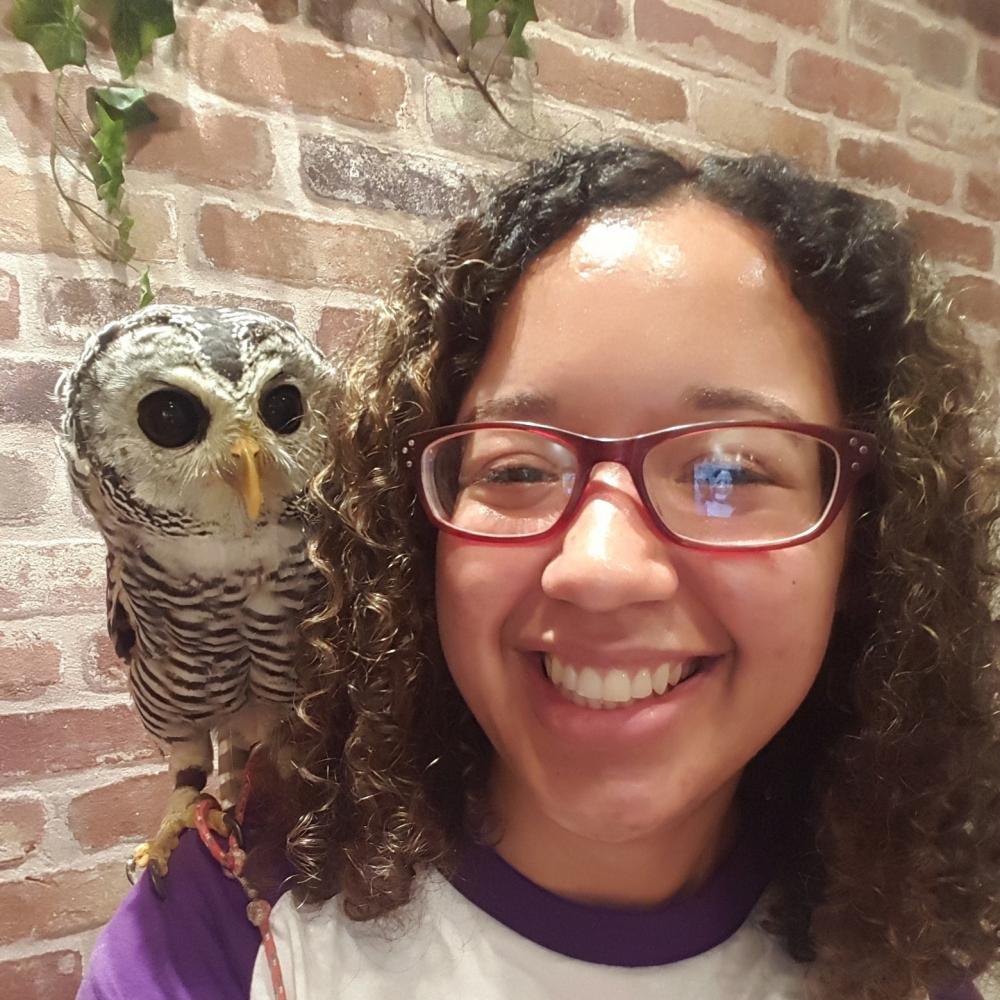Trading America for Australia: why do chickens eat each other?
In Acacia's second blog for Times Higher Education she runs down the highs and lows of doing a placement at a poultry farm
- Student life
- Study abroad
Share
As a doctor of veterinary medicine (DVM) student, I have a slightly different schedule from most other students at the University of Sydney – part of our curriculum is attending industry placements during breaks.
We arrange to go to a farm property or agency for five days and learn about animal-related industries to gain a “real-world” feel for how the human-animal relationship varies across different settings. Now, many may be thinking: “Annoying! Having school during break.” Well, while it sometimes is exhausting, we really do have some incredible experiences.
For the last two weeks of August, our cohort was given time off to attend placements. I had the first week off so that I could have a break and time to study for our upcoming exam. Unfortunately, this didn’t go according to plan as I was struck down by either the flu or an unrelenting cold, so instead of being productive I ended up spending my one break sleeping, sneezing and annoying my cat to no end.
Sydney voted one of the most scenic locations for students
The second week I attended a poultry placement at a free-range chicken farm in Luddenham, just outside Sydney. By this time, I was no longer constantly sneezing my brains out, so placement went off without a hitch.
The best thing about placements is that you get to learn a lot about an industry that most people only ever see from the outside. On this occasion, I learned an incredible amount about what goes into maintaining this free-range enterprise and what the workers’ daily routine is.
On the other hand, my day also consisted of trying to stop myself from yelling at the chickens, “will you stop eating your dead brethren!?” Yes, that is a thing chickens do.
I should mention that I can speak only about the practices at this particular farm. Every business is different and has different management systems, so I am cautious about extrapolating to others. For example, at this farm I arrived at 8am to release the chickens into the outdoor area and they were allowed to stay out the whole day given good weather.
However, a different poultry farm would be allowed to market under the free-range label even if the birds were kept in sheds…as long as the birds weren’t kept in cages. Or perhaps, the birds would only be let outside for 30 minutes – that still counts. The point is, consumers who are interested in where they are sourcing their food should do their research and understand the meaning behind some of the terms. This applies to food industries all over the world.
But I digress. I don’t want to start a rant about food product marketing. I enjoy having the opportunity to attain some insider perspective on animal industries as this will undoubtedly help me achieve a more rounded viewpoint. I am striving to become a respectable veterinarian who can provide some insight for those who will never get the chance to view these industries in person. Education is key.
Read more: Trading America for Australia: my mother sent me to study 9,000 miles away!


